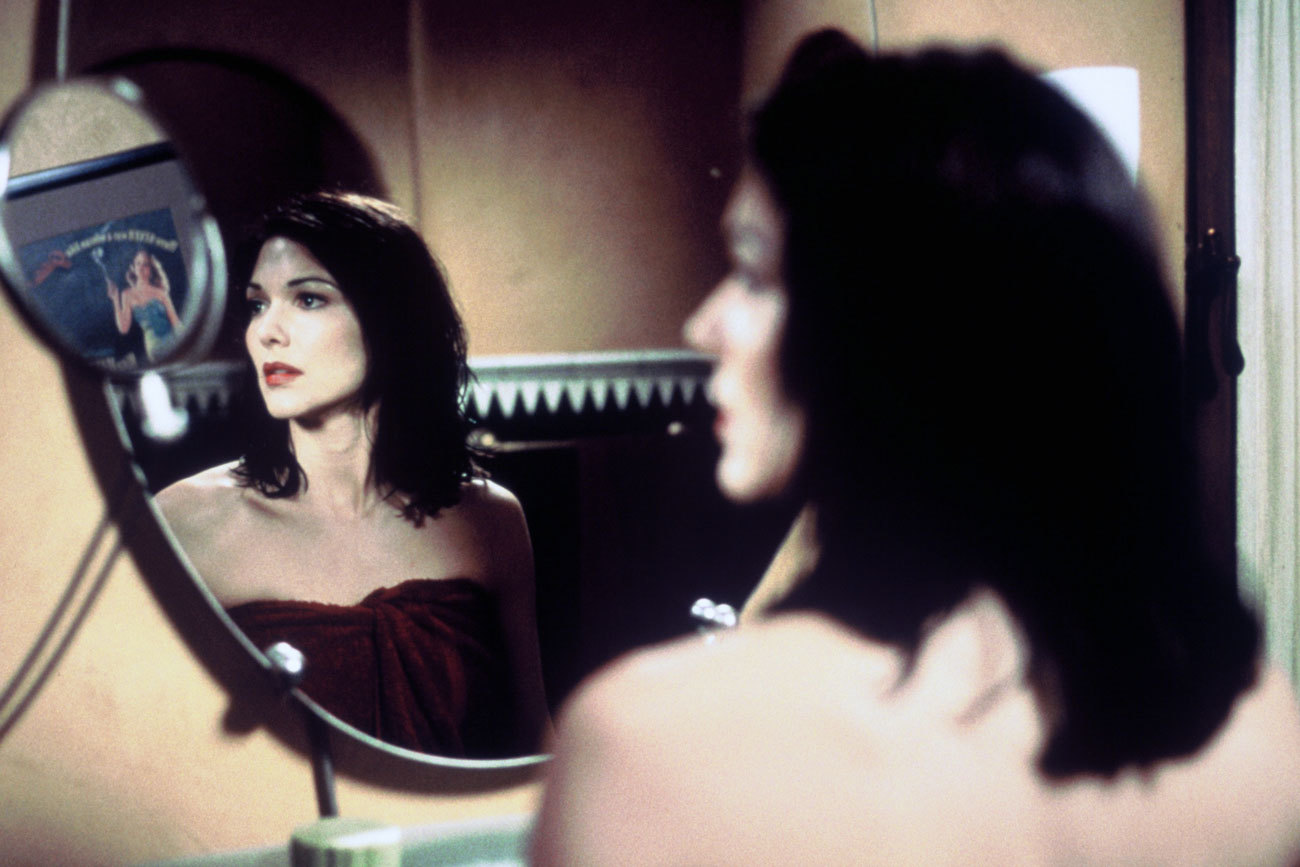“That’s another thing I can’t talk about,” laughs Mary Sweeney, longstanding editor, producer, and secret-keeper of David Lynch. She’s talking — or not, in this case — about the meaning of the blue box, one of Mulholland Drive’s many puzzles.
The iconic film is getting a cinema re-release this year, ahead of the filmmaker’s return to the small screen with Twin Peaks. It’s not simply a cash-in; Mulholland Drive started life as a TV show and a spiritual successor to Lynch’s recent television success when he tried to get it off the ground in 2000. The TV networks didn’t bite, but film producers did, and the story was swiftly rerouted into a two-hour cinematic puzzle that baffled and amused viewers when it was released in 2001.
Since then, the stature of Mulholland Drive has only grown, and the fan theories as to what it all means have deepened. To celebrate the re-release Jack Fisk, the film’s production designer and longstanding cohort of Lynch’s (they went to high school in Virginia together); Laura Harring, who played the femme fatale and amnesiac Rita in the film; and Sweeney, who has produced and edited many of Lynch’s best pieces, help unravel the mystery over the filmmaker and his most acclaimed work.

The TV Show
Laura Harring: The premise was going to be like Twin Peaks — who killed Laura Palmer? My character was such a mystery, with no name and suffering from amnesia; they were going to unravel over a season or two who I was.
Mary Sweeney: I was the producer and editor on the ABC pilot we were commissioned to make. It was a full pilot; it was longer than standard pilots at the time. ABC distributed 350 VHS tapes of the damn thing so they must be floating around someplace, that original version.
Jack Fisk: ABC saw it and didn’t like it.
Mary: We heard that literally as we were leaving to take The Straight Story [written, edited, and produced by Sweeney and directed by Lynch] to Cannes. Naomi Watts was really struggling at the time. She’d been working in Hollywood for ten years. She was getting work but maybe not the work she should have been getting, she’s such a great actress. She was right on the brink of throwing in the towel and going back to Australia when she was hired for the television pilot. Then it was shelved…
Jack: David was bummed for a second but then Studio Canal said, “David you got any films?” He said “No, but I’ve got this TV show I started. I really liked it but they’re not going to use it.” They asked if he could make a movie out of it and he took a couple of weeks to think about it. Then he said “Jack, I want to shoot for two more weeks and we’re going to make this into a film.”
Mary: That reshoot was complicated. Jack had built a lot of sets but everything had been broken down when, 18 months later, we started filming again.
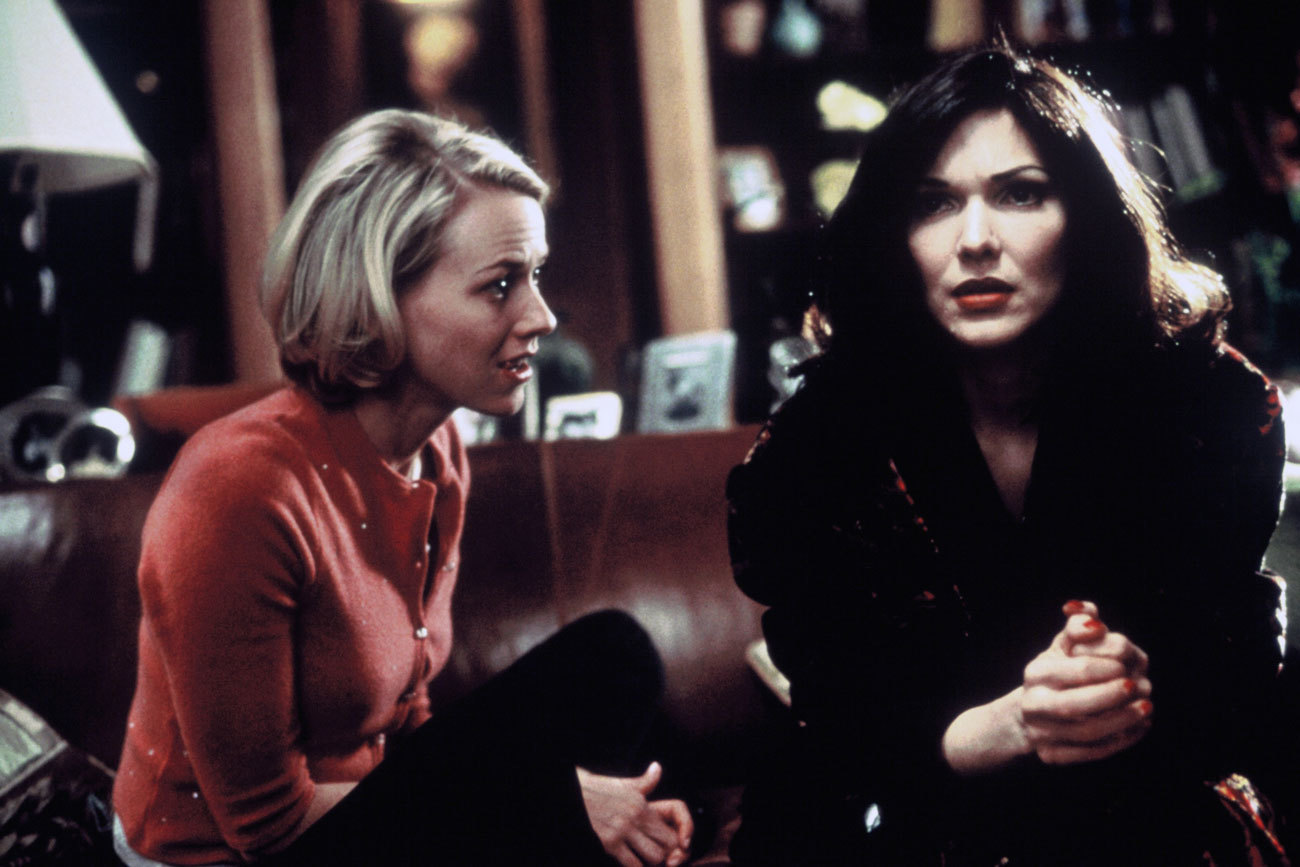
The Story
Laura: The new producers gave David total freedom. He added quite a few more pages of script and recut the original footage. Naomi and I were in the dark as to what the story was going to be. I didn’t understand how he was going to cut it. But I had faith in David.
Mary: David is not the sort of director to sit down with everybody and say, “This is what I’m doing, this is my intention, this is what it means.” That never happens. He treats the viewer the same way.
Laura: He’s very instinctive. He casts his actors through a photo. When he played me the opening music, I was shy, I was looking off to the side. But there was magic in the room. I was very melancholic. It was exactly as it was in the movie.
Jack: I remember him telling me a story about being at Denny’s on Sunset Boulevard at night getting some coffee and he walked out of the back and there was a man who scared the bejeebers out of him. That man become an important part of Mulholland Drive. That mightn’t have been the genesis of the film, but it was one of the parts that in real life became an element in his dream world. That’s one of the few things he told me directly about the story.

The Production
Laura: People are surprised by the way I describe how he directed. He’s a poet, full of metaphors and similes. Always very simple, very vivid. You could really understand what he meant when he said, ‘walk like a kitty cat’ or, ‘walk like a broken doll.’ For him, he doesn’t have to give you the emotions. He just gives you very clear images. Regarding the amnesia, he said, ‘there’s always a black cloud covering you, following you, creeping you out.’
Jack: Most of the interiors were studio shoots, but the Silencio scene was filmed in theatre in downtown L.A. It was a small theatre and we didn’t have to do much to it. David loves decay, things that are rotting and aging. That was perfect; that theatre was really decaying. Or for example, there’s a scene where you just see a telephone with a fluorescent lamp on it, someone reaches for it. That phone showed up in the morning and David wanted it aged more. David loves painting; he loves to get involved.
Laura: He’s very in the present. He didn’t really tell you what you are going to become. It’s all scene by scene.
Mary: I would try to stay as close to camera, as close to what they were shooting every day, with what I was editing. I could show David an assembly within a week or two of wrapping production.
Jack: I remember one time he did a sketch of the apartment on a paper bag. It was just a couch and a lamp. It didn’t really help me in building the apartment but I knew I had to keep it, it might be worth something one day. That was the only drawing he made for Mulholland Drive.
Mary: How reflective was that pilot of the final film? Well there’s quite a bit of material you’d recognize. It’s a very different structure because it’s a television pilot. The pilot has to be open-ended, it has to introduce several different storylines, several different characters. It wasn’t just a question of shooting more scenes to make a film, it was a question of reshaping it. What did I cut? I can’t talk to you about that.
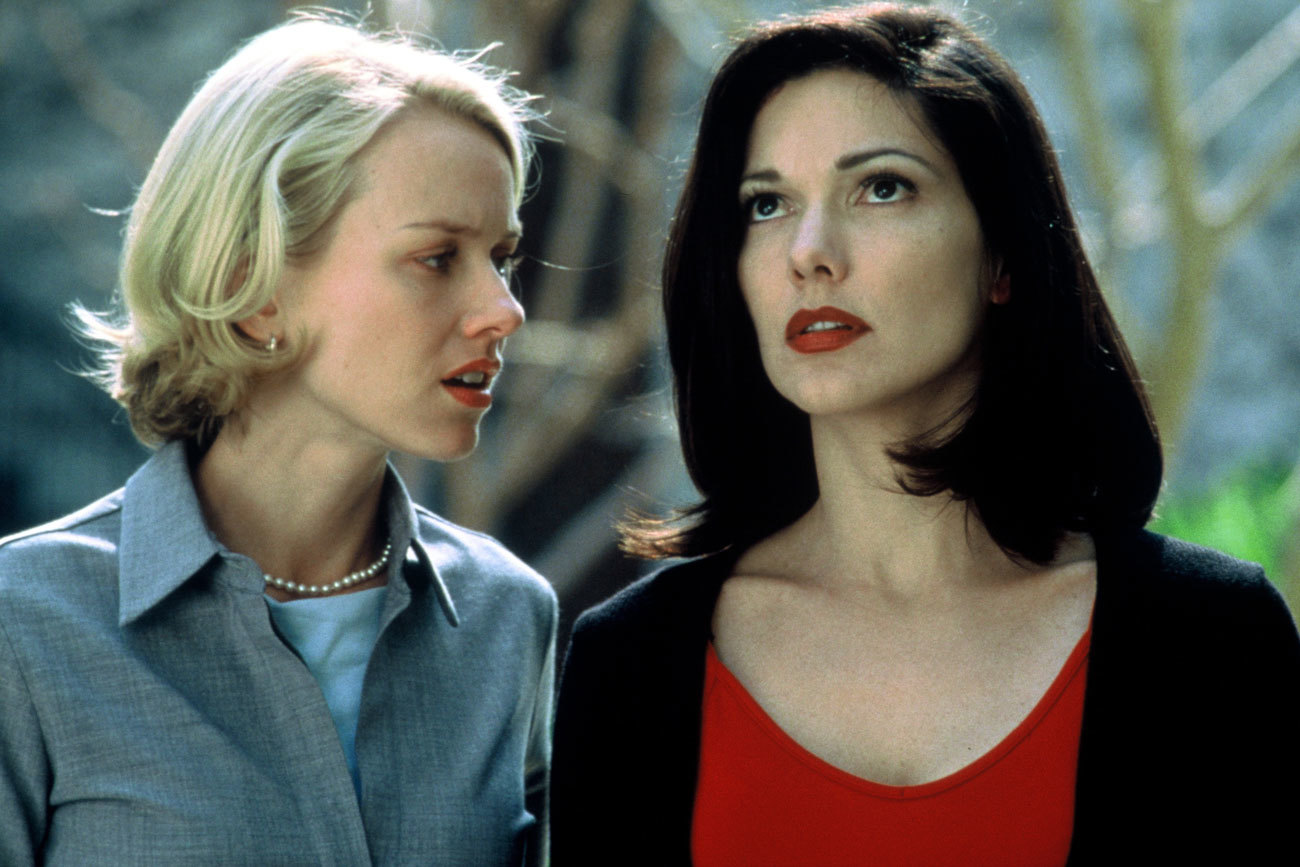
The Meaning
Jack: I didn’t really think about what the story meant. I remember calling David after it came out when I’d read an article in a local newspaper where a guy said he’d figured out the story in ten minutes. And David just laughed.
Mary: Everyone who works with David, there’s like a code of silence over all parts of the project. What parts are new parts shot for cinema? Well there’s stuff that’s self-evident. There’s parts in the feature film that weren’t likely to get past the censors on network television. I don’t think it’s that hard to figure out. All the fundamental things are the same. But do I know what the blue box is? I told you not to ask me that question! I know what I know. That’s the point of Mulholland Drive, that’s the beauty of it. It stimulates creative interactions in the viewer. You are in the movie and it’s mapped out for you but you are making sense of it yourself. You are working with the movie. It’s so beautiful that David can do that.
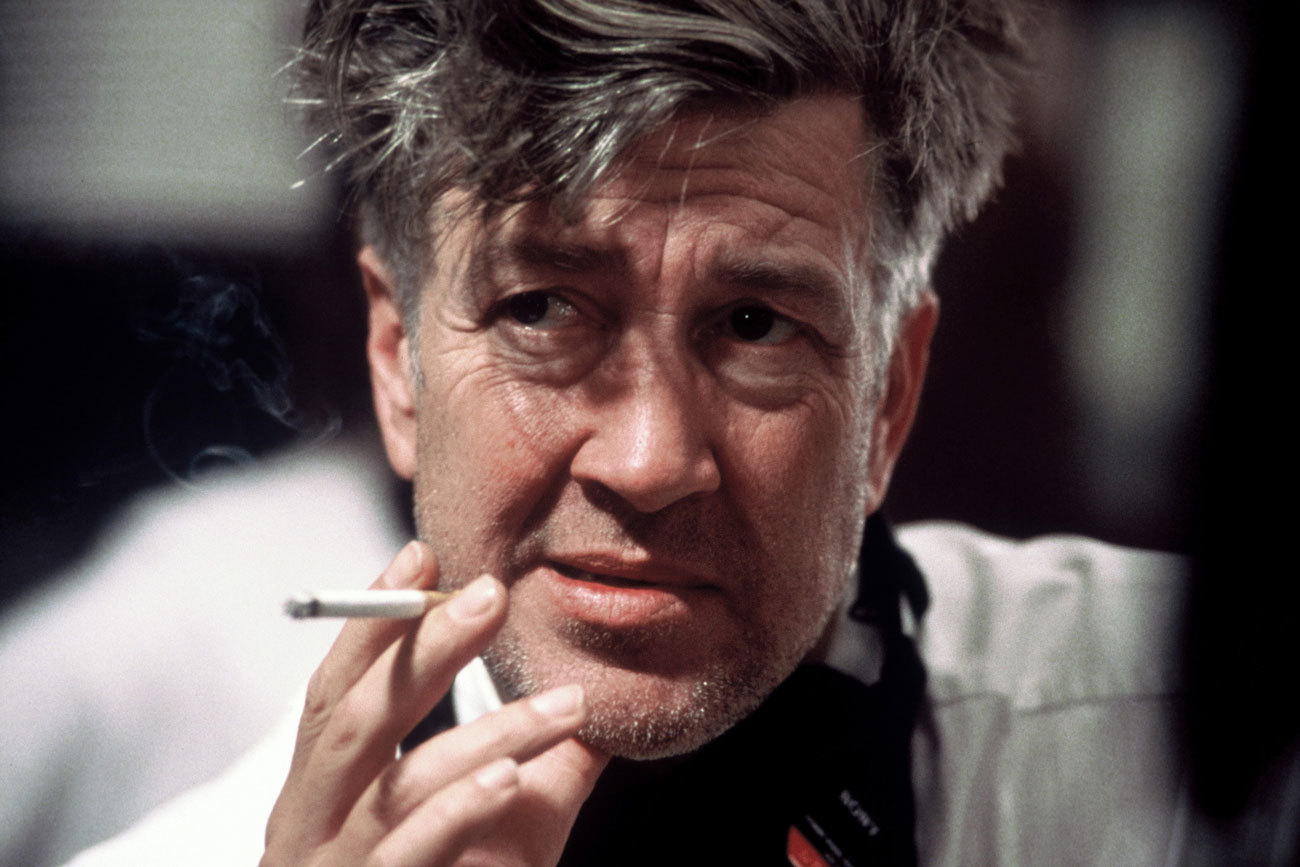
The Man Himself
Jack: David was the first person I met who, like me, also wanted to be a painter. He’d rented a small studio, it was about 10 ft by 10 ft, in Alexandria, Virginia. I moved into it and we shared the rent, which was $10 each. Living together on-and-off over an 11-year period, you just get a lot of the reference points, you see what gets the other person excited and what they collect.
Mary: David works in a very intuitive and emotional way. The film needed, for me, to have an emotional logic, and because I knew David very well, we just clicked in that sense. It’s maybe about shared experiences, maybe childhood. We both have Midwestern experiences. Maybe it’s a little bit of Irish blood and soulfulness that we share.
Laura: I’ve always been voluptuous. The lady in the wardrobe department was having a hard time, she wanted me to lose weight. I got body shamed a bit and I told David. He said, ‘don’t you lose one pound, Laura.’ He has a way of building you up.
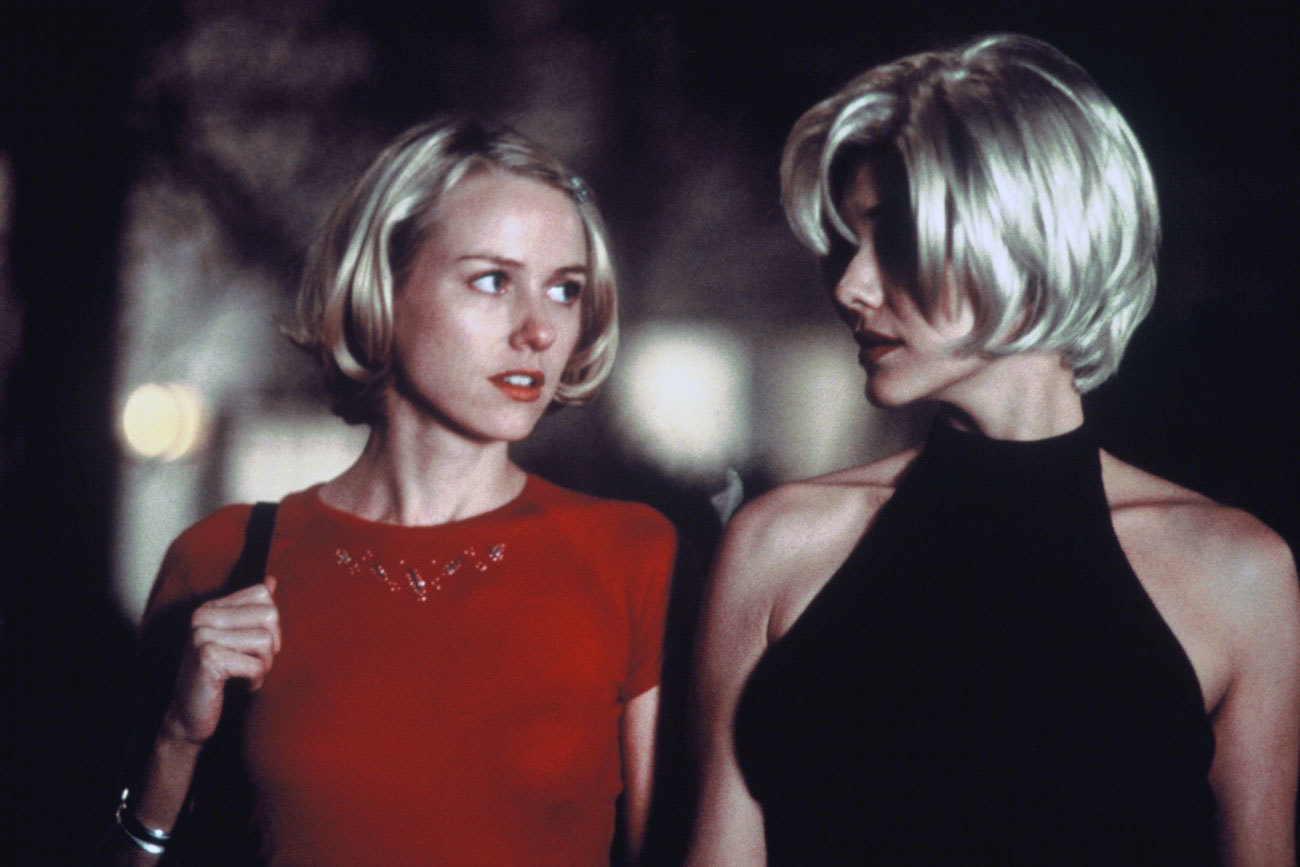
The Film’s Legacy
Laura: What I didn’t know was that it was going to voted best film of the 21st century in two different polls [for BBC and Sight & Sound magazine]. I was so happy for David and for myself because I like to dabble in Hollywood and I can quit it anytime. I left my mark and I’m in a classic. A lot of actors dream of being in a classic. And I worked with David Lynch. So I feel complete.
Mary: It’s so crazy, so beautiful. That’s David’s genius. It’s the interactivity that was so ahead of its time, but the fact that it connected at the time when it was pretty avant-garde as a form and has staying power. It’s beautiful. I don’t quite understand it. It gives me hope. Many of us are out there searching and connecting with others in our search.
‘Mulholland Drive’ is in cinemas April 14. On DVD and Blu-Ray May 22.
Credits
Text Colin Crummy
